Regulatory Support
Regulatory frameworks promoting food safety and quality are likely to bolster The Global Non Thermal Food Processing Industry. Governments worldwide are increasingly implementing stringent regulations to ensure food safety, which in turn encourages the adoption of non-thermal processing methods. These methods are often viewed as safer alternatives that can effectively eliminate pathogens while preserving the nutritional value of food. For example, regulations in regions such as Europe and North America are pushing for the use of innovative processing technologies that comply with safety standards. This regulatory support may create a favorable environment for the growth of non-thermal processing technologies, thereby shaping the future of The Global Non Thermal Food Processing Industry.
Health Consciousness
The rising awareness of health and nutrition among consumers is likely to propel The Global Non Thermal Food Processing Industry. As individuals increasingly seek healthier food options, non-thermal processing methods that retain nutrients and enhance food safety are becoming more appealing. For instance, techniques like cold plasma and microwave processing are known to preserve vitamins and minerals effectively. Market analysis indicates that the demand for minimally processed foods is expected to increase by 12% annually, reflecting a shift towards healthier eating habits. This growing health consciousness may compel food manufacturers to invest in non-thermal technologies, thereby shaping the future landscape of The Global Non Thermal Food Processing Industry.
Technological Innovations
Technological advancements in food processing are transforming The Global Non Thermal Food Processing Industry. Innovations such as advanced sensors, automation, and artificial intelligence are enhancing the efficiency and effectiveness of non-thermal methods. These technologies not only improve product quality but also optimize production processes, leading to cost savings. For example, the integration of AI in monitoring food quality during processing can significantly reduce waste and ensure compliance with safety standards. The market for food processing technology is anticipated to reach USD 30 billion by 2026, indicating a robust growth trajectory. This suggests that ongoing technological innovations will play a crucial role in the evolution of The Global Non Thermal Food Processing Industry.
Sustainability Initiatives
The increasing emphasis on sustainability within the food industry appears to drive The Global Non Thermal Food Processing Industry. Consumers are becoming more environmentally conscious, leading to a demand for processing methods that minimize energy consumption and waste. Non-thermal techniques, such as high-pressure processing and pulsed electric fields, are gaining traction as they preserve the nutritional quality of food while reducing carbon footprints. According to recent data, the market for sustainable food processing technologies is projected to grow at a compound annual growth rate of 8.5% over the next five years. This trend suggests that companies adopting sustainable practices may enhance their competitive edge, thereby influencing the overall dynamics of The Global Non Thermal Food Processing Industry.
Consumer Demand for Convenience
The growing consumer preference for convenience foods is influencing The Global Non Thermal Food Processing Industry. As lifestyles become busier, there is an increasing demand for ready-to-eat and easy-to-prepare food products. Non-thermal processing methods, which extend shelf life without compromising quality, are well-suited to meet this demand. For instance, products processed using techniques like freeze-drying and vacuum packaging are gaining popularity among consumers seeking convenience. Market Research Future indicates that the convenience food segment is projected to grow by 10% annually, reflecting a shift in consumer behavior. This trend may encourage food manufacturers to adopt non-thermal processing technologies, thereby impacting the overall dynamics of The Global Non Thermal Food Processing Industry.


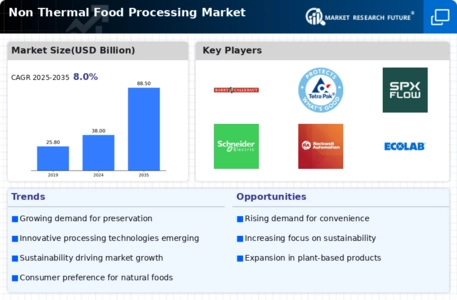
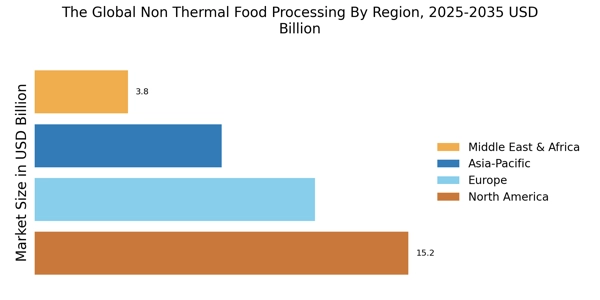
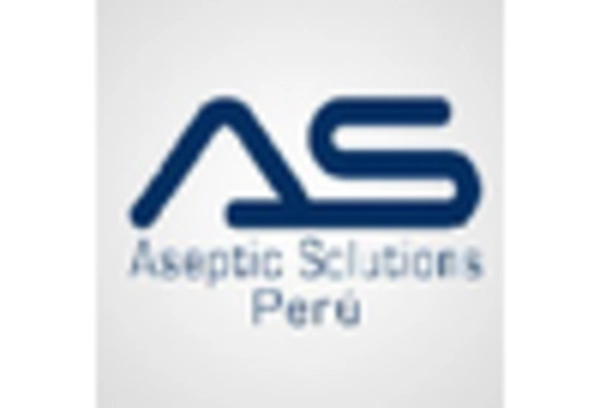
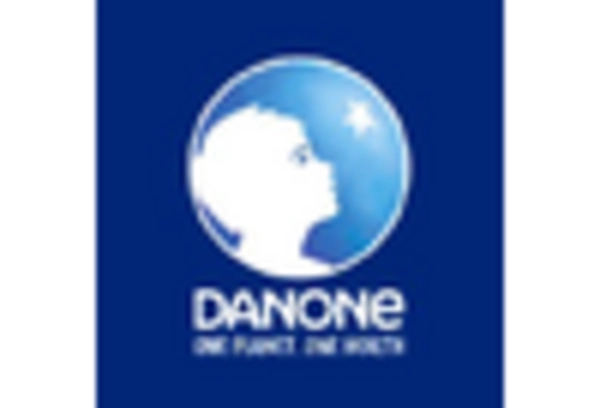
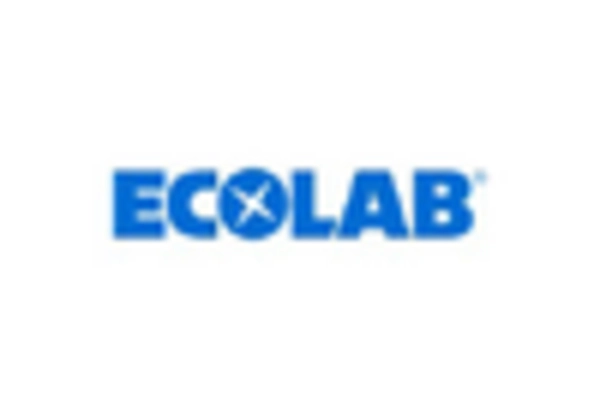

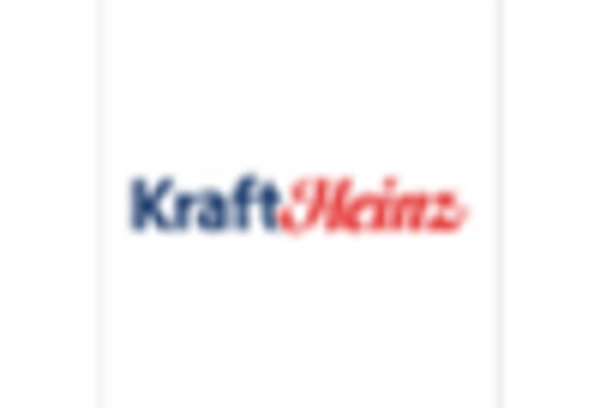

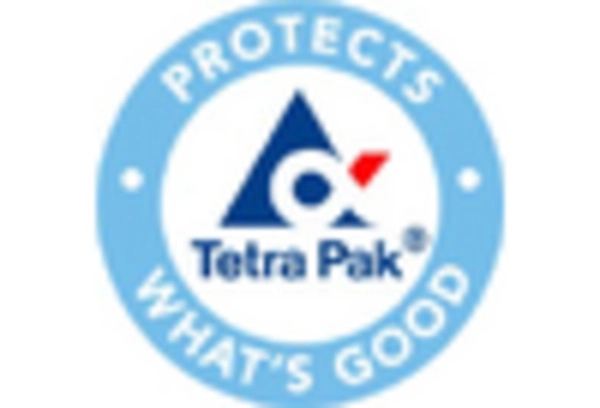








Leave a Comment